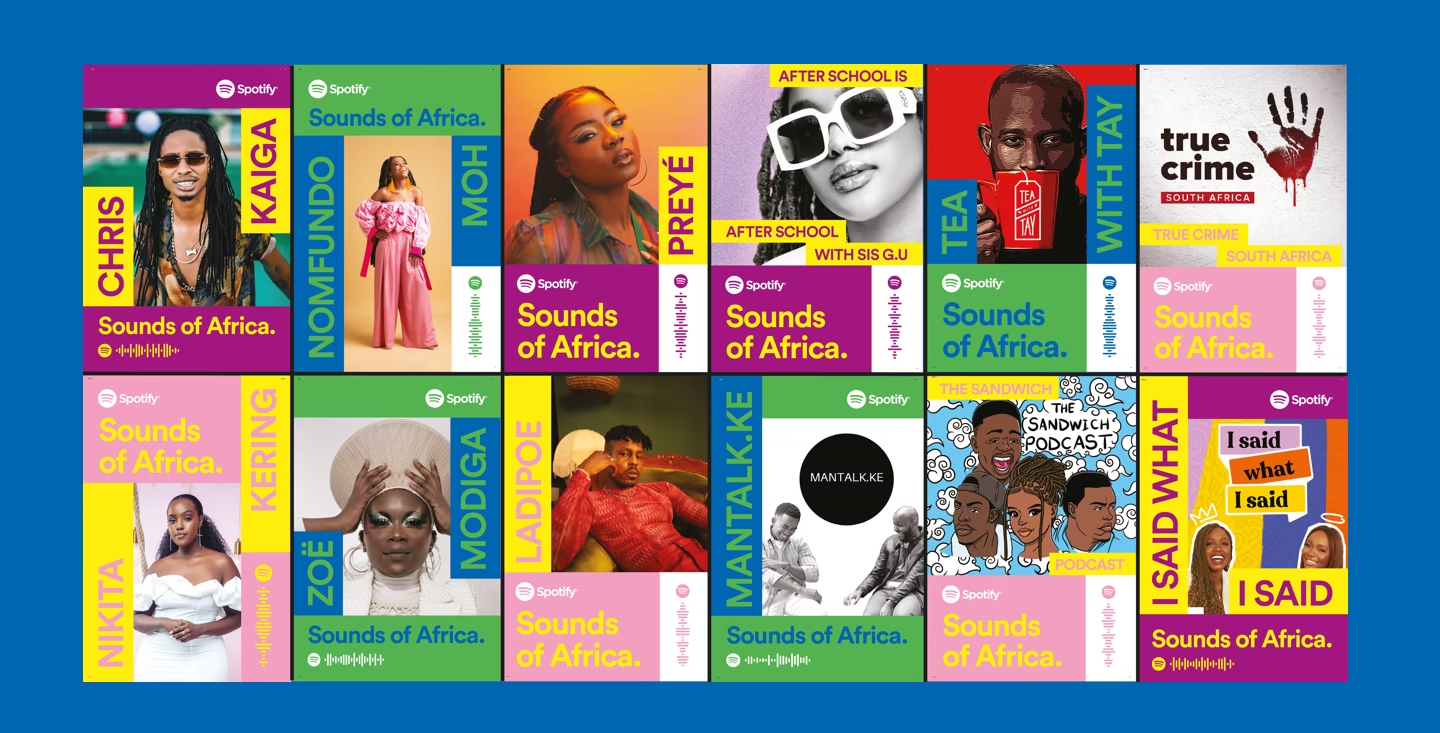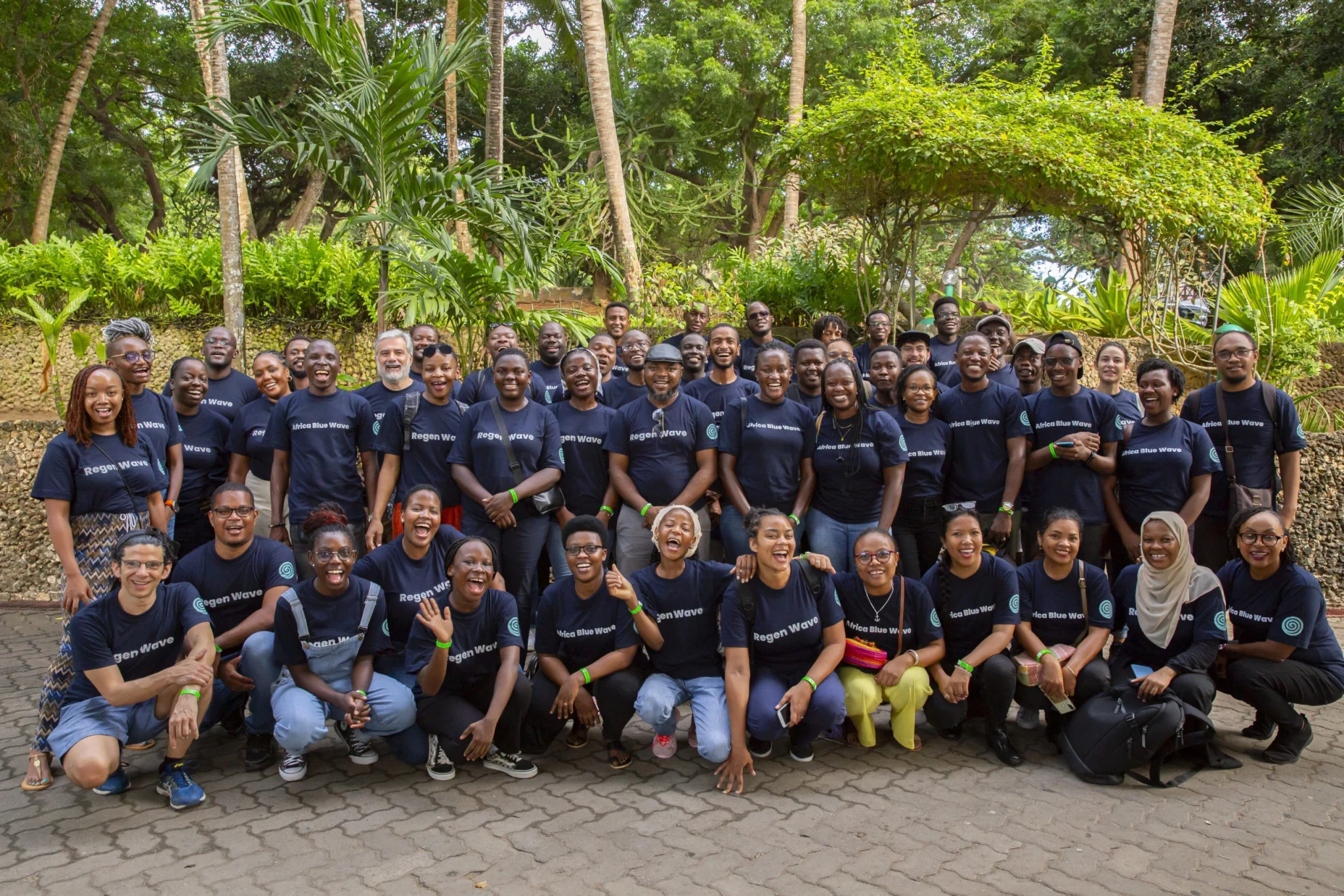Meta Platforms Inc. introduces Llama 3.1, a cutting-edge AI model designed to rival offerings from OpenAI and Google. Discover how this powerful new model enhances chatbots and more. Stay informed on AI advancements at 365marktech.africa.
Meta Platforms Inc., the tech conglomerate known for its social media empire, has recently introduced its latest AI model, Llama 3.1. This advanced model marks a significant upgrade from its predecessor, Llama 3, which debuted in April. With a claim to being “state of the art,” Llama 3.1 aims to position Meta as a serious rival to established AI leaders like OpenAI and Alphabet Inc.’s Google.
The development of Llama 3.1 involved several months of rigorous training and an investment of hundreds of millions of dollars in computing power. This new model is a testament to Meta’s dedication to pushing the boundaries of artificial intelligence. According to Mark Zuckerberg, Meta’s CEO, Llama 3.1 incorporates cutting-edge advancements that set it apart from other models currently available on the market.
Among the notable enhancements in Llama 3.1 are its superior reasoning capabilities, which allow it to tackle complex mathematical problems and synthesize large volumes of text with impressive speed. This model also boasts advanced generative AI features, such as the ability to create images based on textual descriptions. One of the standout features, “Imagine Yourself,” enables users to upload their own facial images and generate personalized visual scenarios. This could revolutionize how users interact with AI-generated content.
Meta is leveraging Llama 3.1 to enhance its AI chatbot, Meta AI, which is embedded in various Meta applications including Instagram and WhatsApp. Additionally, Meta AI is available as a standalone web product. Zuckerberg revealed that Meta AI already serves “hundreds of millions” of users and is expected to become the most widely used chatbot globally by the end of the year. Furthermore, Meta anticipates that Llama 3.1 will be utilized by other organizations to train their own AI models, potentially setting new standards in the AI development community.
Despite a strategic shift towards cost-efficiency in 2023, which saw Meta trimming its workforce and reining in spending on futuristic projects, the company remains committed to substantial investments in AI. Zuckerberg acknowledged that the costs associated with training future AI models might escalate to billions of dollars but emphasized that such investments are crucial for maintaining competitiveness in the rapidly evolving tech landscape.
Meta’s approach to Llama 3.1 includes making the technology accessible to the public under an “acceptable use policy.” This open-access strategy is designed to foster innovation across various sectors by allowing other developers to build on Meta’s advancements. However, there are concerns about potential misuse of the technology, especially by entities in other countries. Zuckerberg, however, believes that restricting access would hinder innovation and limit the US’s ability to lead in AI development.
In addition to these advancements, Meta’s investment in Llama 3.1 is a strategic move to ensure the company is not reliant on competitors’ technologies for AI capabilities. Zuckerberg’s vision is to build a robust technological foundation that will drive future innovations and maintain Meta’s leadership position in the tech industry.
To learn more about the latest advancements in technology and stay updated on emerging trends, visit 365marktech.africa.










